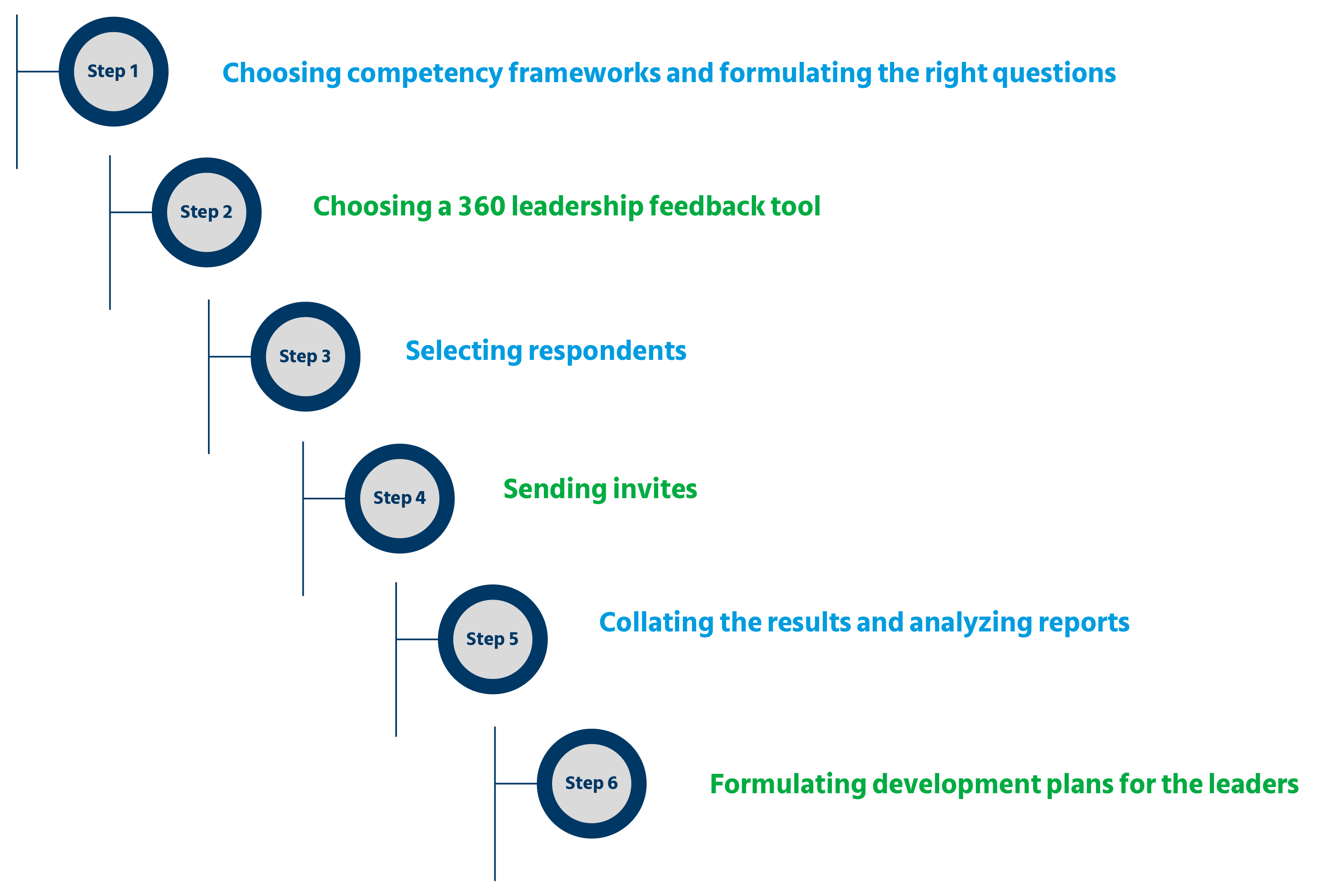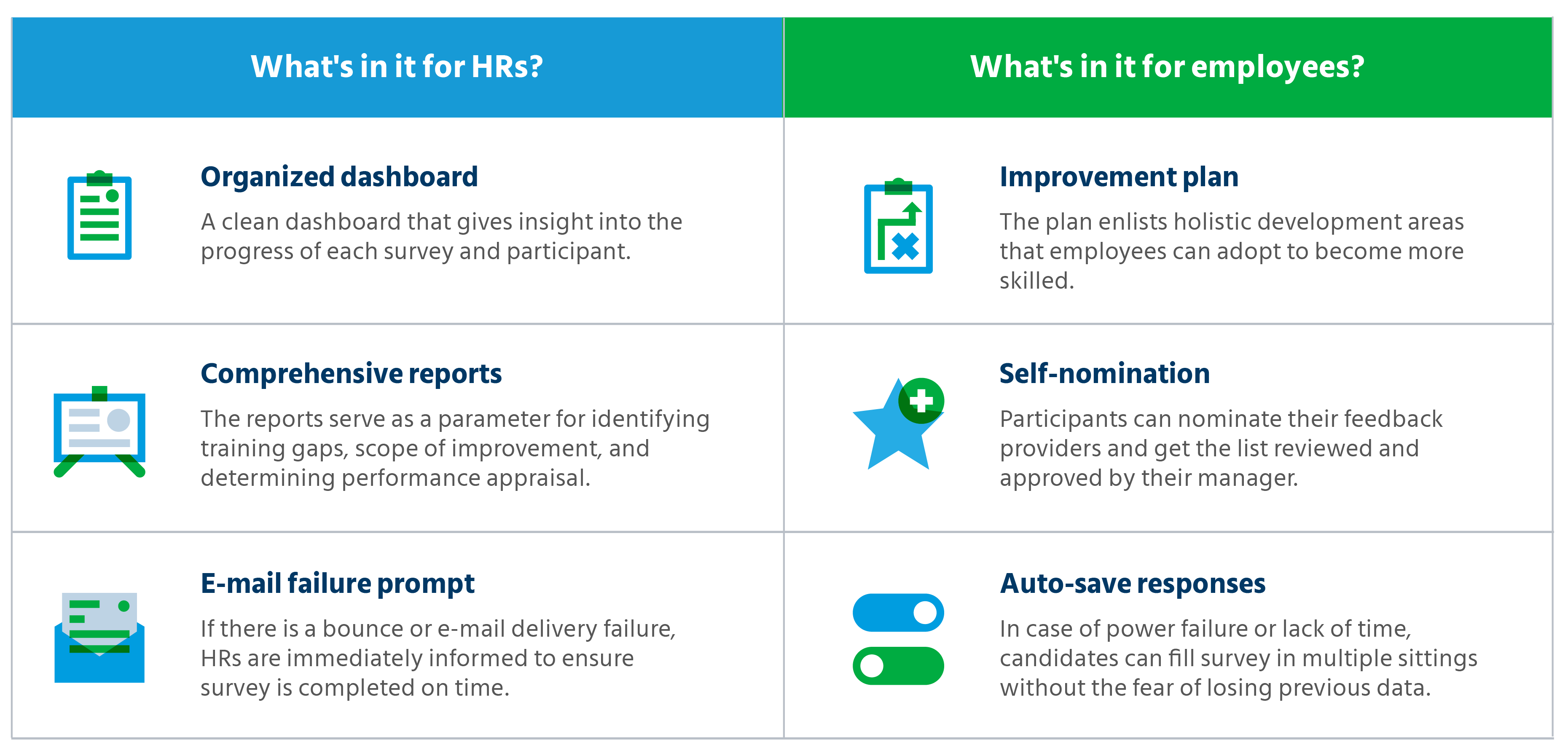360 leadership assessment is a type of multi rater review that helps evaluate and develop professionals in leadership roles. It helps leaders gain insights into their strengths, potential, and areas of improvement, promoting self-awareness and laying the groundwork for streamlined development plans.
Just like other 360 degree assessments, a 360 degree feedback for leadership gathers ratings from multiple sources. Therefore, all employees across all levels in an organization get a platform to share their perspective and perception of the leader being evaluated. This holistic approach creates a sense of justice and equality in the professional space. Therefore, to gain the maximum benefit from a 360 leadership development survey, it is important that the leaders approach the process with a positive, objective, non-defensive attitude.
What is the importance of 360 degree feedback for leadership assessment?
Feedback from multiple sources has a more powerful impact on people than feedback from a single source. It is also important to remember that feedback can be positive as well as negative. And both kinds are essential for sustainable growth. On the one hand, positive traits can be duplicated and adopted widely because they work. And on the other hand, negative traits can be worked upon and improved.
In fact, no organizational action has more power for motivating employee behavior change than feedback from credible work associates. That, precisely, is the idea behind inclusive leadership 360 feedback. Just like other professionals, leaders too need regular and honest critique. The holistic approach of 360 leadership diagnostic ensures the same. However, that is not the sole reason why a 360 leadership feedback survey is so relevant in modern workplaces.









 Behavioral Competencies
Behavioral Competencies Cognitive Competencies
Cognitive Competencies Coding Competencies
Coding Competencies Domain Competencies
Domain Competencies





































Would you like to comment?